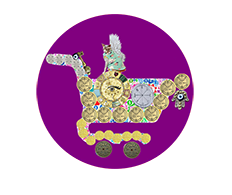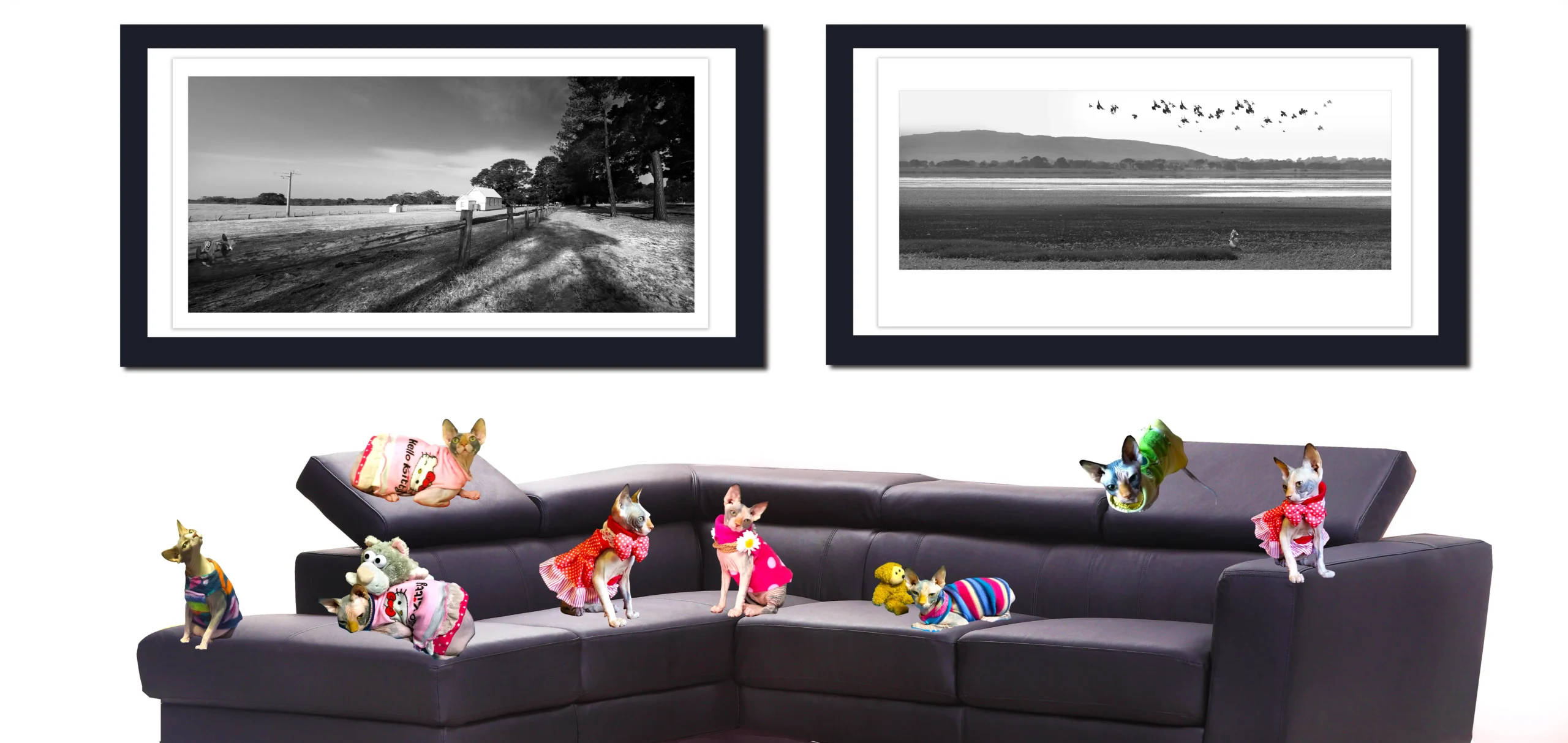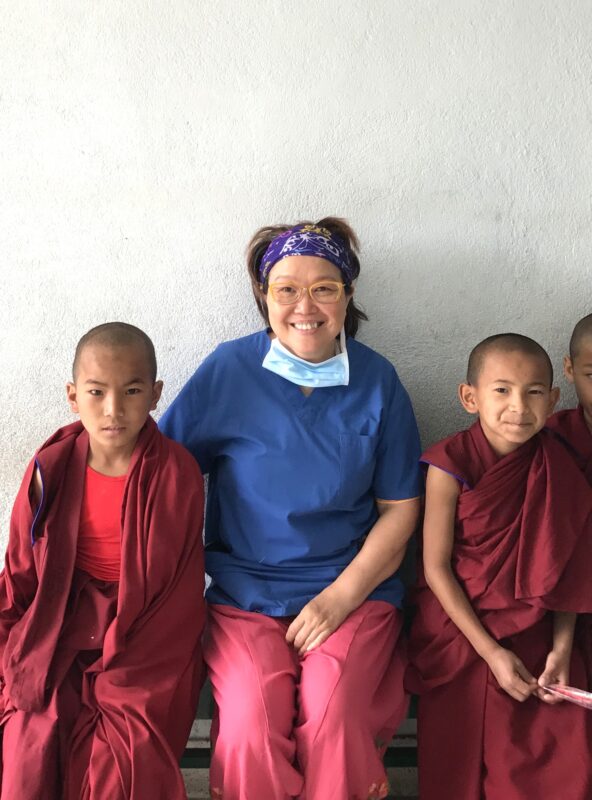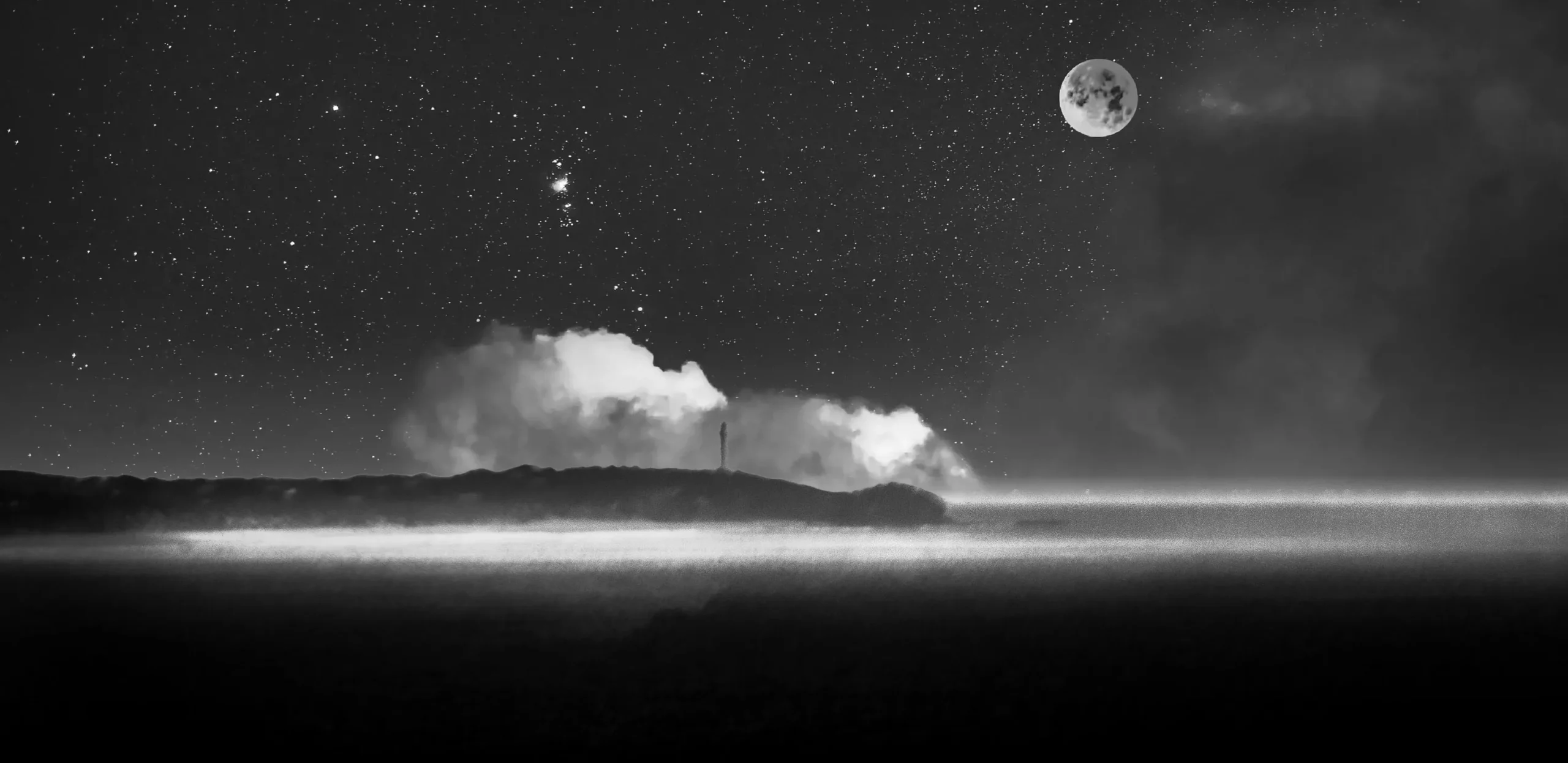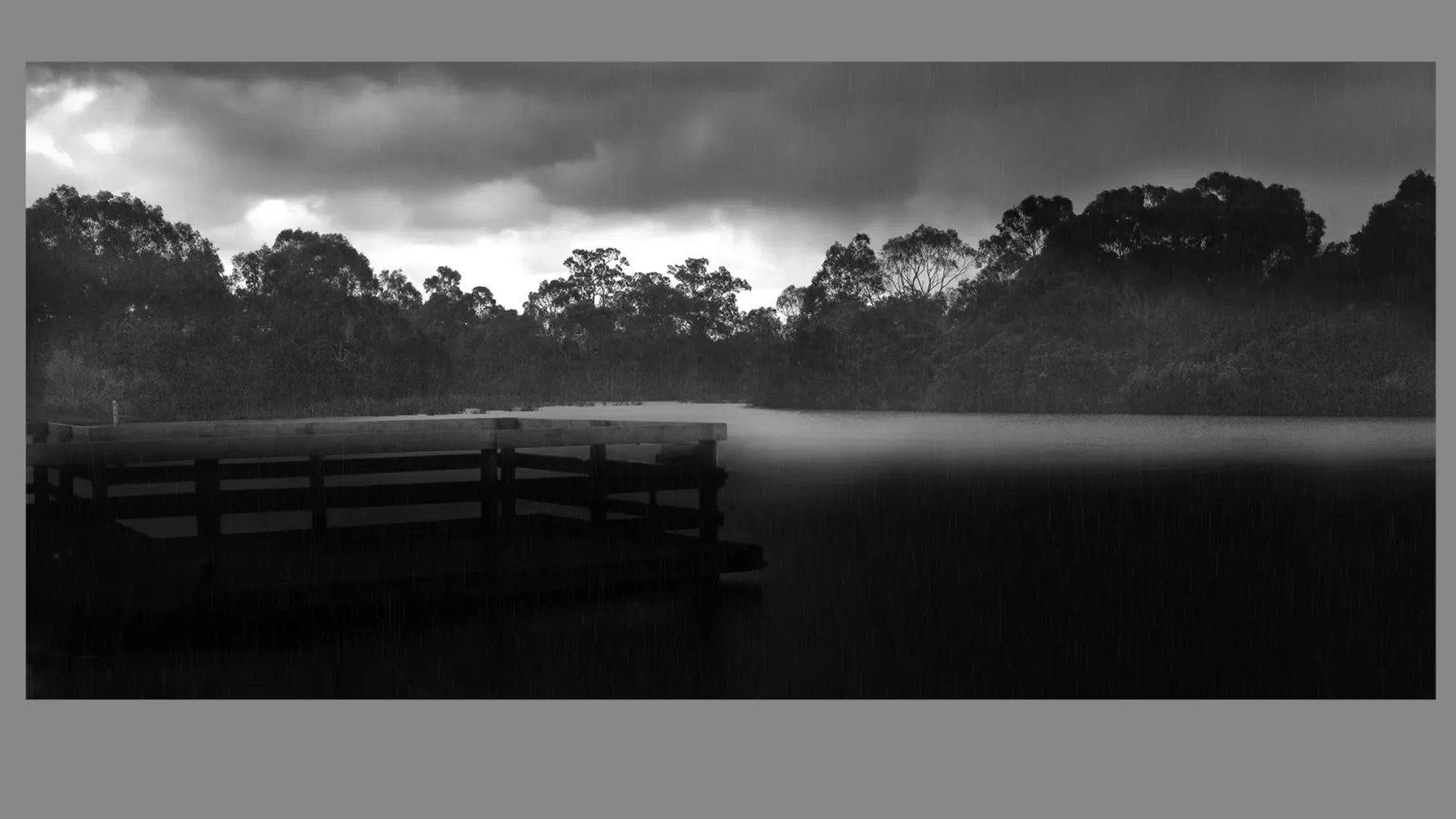Culture of Mongolian Hospitality-Mongol nomadic way of life, Mongolian Customs & Etiquette, Cultural norms and traditions.
Culture of Mongolian Hospitality – Mongol nomadic way of life
Welcome to Travel, Lifestyle, Art & Photography of Dr Zenaidy Castro Blog. The globetrotting Cosmetic Dentist based in Melbourne Australia. See the world from my photographic perspective. I identify myself as a passionate explorer and adventurer at heart, with strong interest in remote places, unique cultures and different lifestyle.
I hope you enjoy exploring my travel blog and inspired by what you see. Through my photos, I hope to encourage others to get out and explore. To not be scared and to be open to new experiences and civilisations. Because, at the end of the day, travel is about finding experiences that change our minds and widen our perspectives in order to create a more inclusive world. Please feel free to browse thru my blog.
Most of the photographs posted on this blog were taken with my mobile phone. I invite you to browse through my SHOP page to see the real fine art photography that I have created while travelling.
______________________________________________________________________________________________
Mongolia: A Land of Boundless Horizons and Timeless Hospitality
The landscape of Mongolia is utterly mesmerizing—an unbroken expanse of earth and sky that seems as infinite as the steppe wind. Far from the familiar hum of cities and the congestion of highways, this vast, landlocked country is defined by its open spaces, its wildness, and its extraordinary variety of natural environments. Nowhere else have I found such breathtaking diversity on a scale so grand or met with a tradition of hospitality so genuine and deeply rooted as within the felt walls of a nomadic herder’s ger.
The Gobi Desert: Sea of Sand and Ancient Bones
To the south, stretching for thousands upon thousands of kilometers, lies the Gobi Desert: a mystical, awe-inspiring ocean of sand, rock, and scrub. The very word “Gobi” conjures images of emptiness and silence—this is a place where the horizon shimmers in the heat, where mirages rise and evaporate like ancient spirits, and where the weight of history presses invisibly from below the surface.
Though arid, the Gobi is alive. It is home to the incredible wild Bactrian camel—stocky, resilient beasts adapted to this land of temperature extremes and scarcity. Their ancestors trace back to prehistoric herds that roamed these sands, and their steadfast endurance mirrors the culture of the people who have long eked a living here.
But the Gobi’s allure is not only biological; it is profoundly geological. Among its rocky outcrops lies one of the world’s most famous paleontological treasures: the Flaming Cliffs of Bayanzag. Here, the earth glows red and orange in the late afternoon sun, as if set ablaze. These cliffs have yielded dinosaur bones and eggs of unimaginable antiquity, secrets of a world long vanished. Standing at their edge, it is as though one can glimpse back into a primordial age—a time when giant reptiles wandered a lush ecosystem, unaware that their legacy would one day be exhumed, painstakingly brushed free from this ancient dust.
The Steppe: A Sea of Grass
Leaving the south and heading northward, the Gobi slowly yields to the endless undulations of the Mongolian steppe, an ecosystem as iconic as the desert but of a different character. Here, the land opens up into an enormous sea of gently rolling grasslands, each hill rising and falling like a green wave in a great, earthly ocean. In spring and early summer, the landscape is a tapestry of soft light greens and golds, with wildflowers introducing delicate splashes of color—violets, yellows, blues—across the vast canvas.
These are the grazing lands of Mongolia, shaped by countless generations of nomads and their livestock. Herds of sheep, goats, horses, and yaks move slowly from pasture to pasture, always in search of the freshest grasses. Their keepers—men, women, and children alike—live in harmony with the rhythms of the land and sky, guided by an intimate knowledge of winds, seasons, and star patterns. The sense of freedom across these enormous distances is palpable; it is as if the land itself breathes, slow and steady, unhurried by the passage of time.
Scattered across the green and gold are the iconic white circles of Mongolian gers (also known in many other places as yurts), the portable, durable tents that are both home and symbol of Mongolian nomadic life. Their canvas covers and wooden lattice frames have kept out wind and cold for centuries. At night, when the sky turns a crystalline black and the Milky Way stretches from one side of the world to the other, these felt dwellings glow with the warm, inviting light of family hearths.
The Heartbeat of the Steppe: Nomadic Life
There is something utterly humbling about entering a ger—especially as a guest. Unlike in the rigidly private cultures of the West, a nomadic herder’s door is almost always open to strangers, and hospitality is more than a virtue: it is a necessity, ensuring survival in the unpredictable environment of the steppe. Whether you stumble in as a weary traveler, arrive on horseback out of the blue, or are brought by friends, the welcome is famously warm and immediate.
Inside, the ger is surprisingly spacious. Around the low table, family and guests sit cross-legged on padded rugs or wooden chests. The air is fragrant with the aroma of milk tea—or suutei tsai—and perhaps fresh bread pulled from a portable stove. It is not unusual for a guest to be greeted with fermented mare’s milk (airag), dried curds, or even a slice of boiled lamb, depending on the season. To refuse hospitality is considered rude; to accept it is to acknowledge a bond more ancient than borders or governments.
Conversations inside a ger travel easily from the weather and herds to stories of ancestors, to folklore, to the latest wrestling match in the capital. The walls are decorated with family photos, horse tack, and colorful tapestries, bearing testament to the artistry and daily life of Mongolia’s people. Children’s laughter mixes with the distant lowing of animals. The central stove radiates comforting heat, while the smoke vents through a hole in the roof—a design unchanged for generations.
For me, these moments of sharing tea and stories inside a ger are precious beyond price. They are the soul of Mongolia: quiet, grounded, resilient, and generous.
To the North: Siberian Taiga and the Peace of the Lakes
Beyond the steppe, moving northwards to the border with Russia, the landscape transforms once again. Here is Mongolia’s taiga—the southern fringe of the vast Siberian boreal forest. Dense stands of larch, pine, and birch rise along the river valleys, their leaves shimmering silver in the breeze. The air grows cooler, heavy with the scent of earth and water.
The taiga region is studded with some of Mongolia’s most pristine and beautiful lakes. Lake Khuvsgul, often called the “Blue Pearl of Mongolia,” is the largest by volume and one of the oldest fresh water lakes in the world. Framed by the soaring Horidol Saridag Mountains and surrounded by thick pine forest, its crystal-clear waters reflect sky, clouds, and the distant snowcaps.
By summer, the lake’s edges bloom with wild rhododendron and meadowsweet, and its shores become a gathering place for reindeer herders, called the Tsaatan. They live semi-nomadically, tending their herds in a unique relationship with the harsh environment. Encountering the Tsaatan and their reindeer—watching them cross icy streams or move quietly among the trees—feels like stepping into a different world, one ruled not by clocks, but by the changing seasons, the migration of animals, and the wisdom of elders.
The Western Frontiers: Altai Mountains and Kazakh Traditions
Far to the west, where Mongolia meets the borders of China and Kazakhstan, rise the mighty Altai Mountains—a land of dramatic peaks, glacial valleys, and endless sky. The Altai range is Mongolia’s highest, its summits capped with snow even in midsummer. Here, alpine meadows alternate with rocky spires, and the air is crisp and wild.
The Altai is the homeland of Kazakh herders, famed for their practice of hunting with golden eagles—a tradition that evokes the great nomadic empires of the past. Autumn, when eagles swoop in wide circles above the mountains and the grass turns to gold, is an especially magical time. Local Kazakh families welcome strangers just as Mongolian herders do, but their round felt tents often contain distinctive patterns, Byzantine rugs, and eagle-hunting paraphernalia. To witness the bond between hunter and eagle is to glimpse a way of life nearly unchanged for centuries, imbued with both practicality and reverence.
Here in the west, the boundary between earth and sky seems to blur, and legends breathe in every wind gust and every echo from the soaring cliffs.
The Seasons: Eternally Changing
Mongolia’s continental climate is extreme. Winters are famously brutal, with temperatures plunging to –40°C, snow sweeping the steppe, and the land lying silent under a blanket of crisp, blue sky. Yet spring brings a joyous rebirth—a green blush on the hills, the return of bird song, the birth of foals and calves. Summer, brief and vibrant, is marked by festivals (notably Naadam, a celebration of wrestling, archery, and horse racing), great warmth, and open pasture. Autumn flames out quickly, the grass turning saffron and the air thick with the scent of harvest.
Through these cycles, the land reveals infinite moods and colors. It tests and rewards in equal measure, always demanding respect—a respect encoded into every aspect of Mongolian culture, from the way people treat their animals to the stories they tell by firelight.
Timelessness and the Modern World
Despite its deep traditions, Mongolia is not untouched by modernity. Stories of Genghis Khan ride alongside motorcycles and solar panels. In Ulaanbaatar, the capital, gleaming skyscrapers rise beside Soviet-era apartments and bustling markets. Yet in the countryside—where nearly a third of Mongolians still lead nomadic or semi-nomadic lives—the cadence of the old ways endures.
Roads are few and often rough. The only sounds for days may be the wind, a river surging through a ravine, the call of lammergeiers overhead, or the echo of a lone horse’s hooves. Traveling here means surrendering to the land’s immensity, accepting delays, and discovering humility among the endless steppe and remote valleys. It means understanding that Mongolia is not a place conquered, but a place that teaches—a land that offers itself, slowly, to the patient and the respectful.
Reflections from the Heart of the Ger
All of this—the deserts, the grasslands, the mountains, the forests, the lakes—defines Mongolia, but it is inside the soft, circular walls of a ger that I feel closest to the country’s heart. Here, in these movable homes, I have always been welcomed with warmth that transcends language or background. I have watched dawn break over the open steppe while sipping tea with new friends; I have shared laughter and silence, stories and songs; I have learned that true hospitality knows no bounds and that wealth is not measured in possessions, but in relationships, generosity, and the knowledge of belonging.
The ger is, in a sense, a microcosm of Mongolia—resilient, harmonious with the landscape, and arranged around a sharing fire. It moves as the seasons demand, yet its spirit remains constant through time.
Mongolia: The Soul of the Earth
To journey across Mongolia is to encounter beauty on a scale beyond measure. It is to learn the meaning of space, to cherish the slow, patient wisdom of people finely attuned to their land, and to recognize that the world is still full of wild, unbroken places. In Mongolia, history feels alive, not trapped in monuments but moving, breathing, and singing from every hillside, every tent, every echo across the steppes.
Here, the landscape and the people are intertwined—a testament to endurance, grace, and a fierce kind of kindness. Here, even amid the planet’s most untamed horizons, I have always found a home.
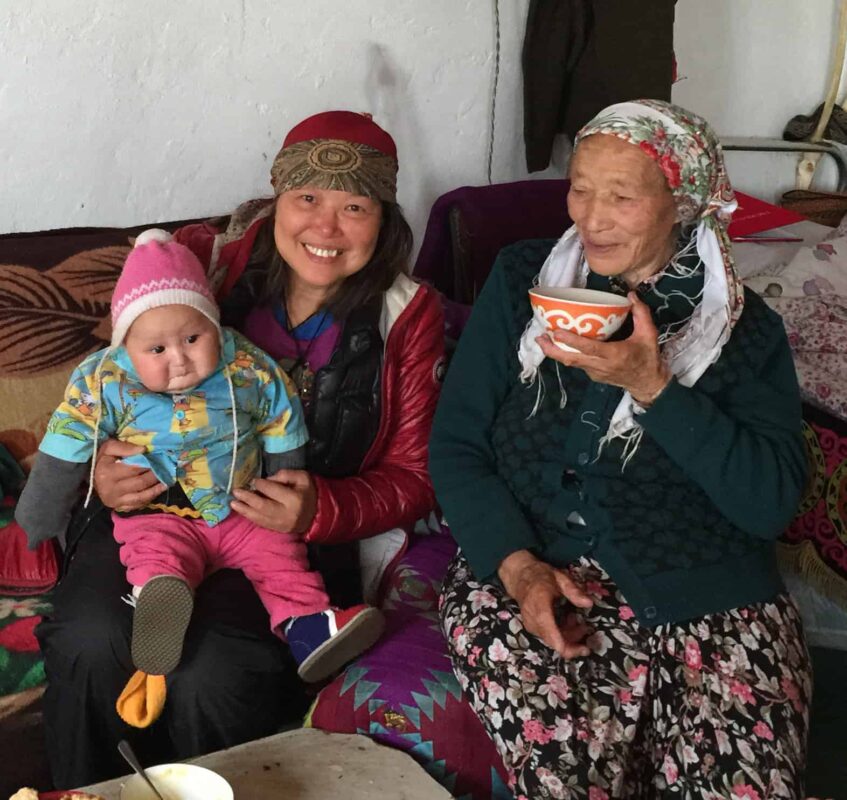
A Warm Welcome on the Endless Steppe: The Deep Tradition of Mongolian Hospitality
Mongolia, often called the “Land of Blue Sky,” is a country famed not only for its boundless vistas and ancient heritage but also for its remarkable culture of hospitality—a tradition so vital, so deeply woven into the fabric of daily life, that to travel here is to be repeatedly reminded that kindness is a universal language. Nowhere does this ancient code feel more powerful than when you, a stranger upon the steppe, are invited to cross the softly padded threshold of a nomad’s ger and are enveloped in the warmth and generosity of a Mongolian home.
Generosity at the Edge of the World
Mongolia’s harsh and changeable climate has shaped more than its landscape; it has shaped its people. For centuries, the Mongolian nomads have faced the daily realities of sun-scorched summers, bone-chilling winters, sudden snowstorms, and blinding dust. In such a land—where help might be needed at any time and where villages are separated by great swathes of wilderness—the wholehearted welcome of a stranger is not simply a matter of etiquette but a matter of survival.
The concept of open-hearted hospitality, or zolgokh, is rooted in the recognition that everyone, at some point, is a traveler, a wanderer, a guest upon the earth. Over time, this practice has become a pillar of Mongolian culture, a tradition passed from generation to generation, both sacred duty and practical necessity. No matter their means or possessions, Mongolian families take great pride in their hospitality; to refuse a guest at one’s door is almost unthinkable.
The Ger: At the Heart of Mongolian Life
It is within the ger—the round, felt-covered dwelling that has sheltered nomads since ancient times—that the magic of Mongolian hospitality unfurls in all its grace. These homes, constructed in a single afternoon, are marvels of design: sturdy against wind and snow, adaptable for migration, and always open to visitors. The central stove radiates warmth. Beneath the painted wooden beams, rugs are laid, family treasures are displayed, and the air hums with the life of a dwelling that is both shelter and symbol.
When a traveler, neighbor, or even a complete stranger appears at the door, custom dictates a greeting that is more than mere formality. The door is opened with a smile, a beckoning gesture; the threshold is crossed, shoes are quietly removed, and the visitor is ushered to a place of honor, usually facing the door and away from the stove—an ancient arrangement respecting both family ritual and the spiritual beliefs that protect the home.
The Art of the Welcome
Regardless of time, place, or circumstance, the reception inside a ger follows a rhythm that, while rooted in tradition, feels universal in its warmth. A visitor is rarely greeted with questions or suspicion; instead, the priority is to offer sustenance, comfort, and connection. Depending on the season and the supplies at hand, the first treat may be a simple bowl of suutei tsai (salty milk tea), its fragrance rising with the steam from a chipped enamel mug. Even in the heat of summer, this drink is soothing; in winter, it can feel like life itself, restoring warmth to cold bones.
With tea come small, rough rounds of bread, sometimes freshly baked over coals, sometimes sun-dried for longevity. Alongside, a plate of dairy—a cornerstone of the Mongolian diet—is passed around: flaky aaruul (dried curds), chunks of rich, tart cheese, and perhaps strips of dried mutton. In the summer and autumn, a guest might be offered airag, the iconic, mildly alcoholic drink of fermented mare’s milk, served cool in a wooden bowl. Regardless of what is placed before you, the gesture behind it is clear: you are no longer alone; you are cared for, respected, and included.
On special occasions or during visits that coincide with holidays or milestones, the offering may be more elaborate—thinly sliced dried meats, bowls of steamed dumplings known as buuz, or even a sip of vodka, which, though not traditionally Mongolian, now often appears at celebratory gatherings. Each gesture is a declaration of trust and goodwill, an invitation to share in both the bounty and the scarcity of the host’s life.
A Day with the Eagle Hunters: Bridging Worlds
Among my most cherished memories in Mongolia is the day I spent in the home of an Eagle Hunter’s family in the remote reaches of the Altai Mountains. These Kazakh herders, themselves guardians of an ancient art, welcomed me as they would a long-lost relative, despite our differences in language and upbringing.
Their ger, smaller than the ones I had seen on the central steppe but no less inviting, was alive with color and warmth. Brightly woven rugs covered the floor and climbed the walls; low chests were stacked with spare garments and family treasures. Above the central hearth, the walls were decorated with the implements of daily and ceremonial life: hunting gear, musical instruments, and, most proudly, a hand-stitched hood for the family’s golden eagle.
As I entered—looking, perhaps, not so different from their own kin, my features resembling those of local Mongolians or Chinese travelers—there was none of the awkwardness that often plagues cross-cultural encounters. We greeted each other with smiles and slightly exaggerated gestures; we laughed as I tried to express gratitude in halting Mongolian and they replied in Kazakh, both sides relying on the universal grammar of goodwill.
Immediately, the matriarch moved to the hearth and poured out strong, sweet tea into a delicate porcelain bowl. A plate of biscuits—crumbly, slightly sweet, and homemade—was pressed into my hands, and soon after, dishes of cheese, dried meat, and airag appeared as well. There was no hurry, no expectation that I would leave quickly; instead, there was an unspoken encouragement to rest, to savor, to be present.
Though our vocabularies overlapped in little more than “hello” and “thank you,” the exchange was seamless, filled with sign language, facial expressions, and shared laughter. My hosts delighted in showing me their traditional dress: fine hats trimmed with fur, swirling sashes, and the great, elegant turban worn by the grandfather on ceremonial occasions. At their invitation, I donned one of the hats and stood for a photograph, basking in the spontaneous applause and gentle teasing that filled the tent.
We spent hours like this, sharing food, smiles, and silent wonders. The children, initially shy, warmed to my presence with the aid of a few magic tricks and the universal appeal of digital cameras. They posed with the golden eagle—regal and serene—and showed me how she perches silently on the father’s arm, eyes keen and unwavering, a living link to the wild history of the steppe.
The Language of Hospitality
Language, I learned anew, is only a small barrier when hospitality is genuine. In Mongolia, gestures carry meaning as efficiently as words. A bowl offered with both hands signifies honor; bread broken and shared means kinship. Laughter is the same everywhere. When speech fails, smiles and glances fill the space, and an awkward moment is quickly forgotten in the flow of attention and generosity.
Yet if one does make the attempt to speak Mongolian, even in the simplest greetings (sain baina uu for “hello”; bayarlalaa for “thank you”), it is received with delight. Hosts often reciprocate by sharing a few English words picked up from travelers or from children studying in distant towns. The willingness to connect bridges centuries, continents, and worldviews.
Rituals, Beliefs, and Boundaries
Mongolian hospitality is not without its rituals and implicit rules, many of which are rooted in Shamanic reverence and Buddhist spirituality. When entering a ger, it is customary to step over—not on—the threshold, an ancient gesture of respect for the spirits that guard the home. Guests are seated to the left of the door, near the family altar if one exists, while elders and honored visitors may be invited to the seats of highest respect.
Accepting food or drink with both hands—and refusing nothing outright—is a sign of gratitude. Placing objects directly into another’s hands rather than passing them palm-down is a subtle expression of friendship. And while conversations can roam freely, discussions of politics or religion are often set aside in favor of stories, memories, and shared dreams.
More Than a Custom: A Necessity of the Land
The roots of this hospitality stretch deep into Mongolia’s history as a region of perpetual migration and unpredictability. On the steppe, resources are scarce and weather is capricious; thus, community and mutual aid are essential. The arrival of a stranger may mean news, trade, stories, or simply a chance for companionship. More importantly, it is understood that the guest today may be a host tomorrow; everyone depends, at some moment, on the kindness of others.
This is why the refusal to extend hospitality is considered a grave offense. Indeed, the very word for guest—zochin—is both blessing and obligation. Landlocked and often isolated by terrain and climate, Mongolia developed social networks built on trust, generosity, and the shared understanding that no person is truly alone.
Tales Told by Firelight
Evening in a ger is a time for stories, and every host is a natural performer. With expressive hands and animated faces, my Kazakh hosts told tales (through a blend of translated snippets, mimed actions, and sound effects) about the legendary eagle Tulgat, about ancestors who survived legendary blizzards, about distant relatives living in Ulaanbaatar and beyond. I shared, in turn, photos from my travels and attempted to describe life in a crowded, bustling world far from the endless sky.
As the fire died down and the wind howled beyond the thick felt walls, the circle of light within the ger grew ever more precious. Here, in this simple room, we created a world—timeless, safe, steeped in comfort and camaraderie.
Blending In: Finding Family Across Borders
For me, as someone whose appearance is similar to the locals, blending in among Mongolian or Kazakh faces was both a comfort and an advantage. There is a subtle joy in losing oneself in the crowd, in being mistaken for a relative or a neighbor. The initial wariness of some faded quickly with the realization that I was no tourist gawking from a distance, but rather a fellow traveler and, for a time, one of their own.
In markets, on horseback, riding the bumpy tracks toward distant lakes, I found that doors opened easily for me—less out of curiosity and more from assumed kinship. There was a pleasure, too, in being able to observe and participate without self-consciousness: to eat, pray, rest, and dream alongside hosts who asked nothing but my presence and my respect.
The Lasting Power of Mongolian Hospitality
When departing a ger, one rarely leaves empty-handed. Some families pressed cheese into my hands, others gifted a small carving or a woven band, tokens of remembrance and good fortune for the journey yet to come. In return, I left behind smiles, careful thanks, and the promise that the gifts I had received—material and otherwise—would be cherished.
Looking back, what stays with me most is not the grandeur of the land or even the drama of the Eagles, but the consistent, unwavering kindness of those who live each day with the knowledge that fortune is fragile and that every guest is a chance for happiness, growth, and new stories.
Mongolia: Where the Stranger is a Guest
If there is a single lesson Mongolia offers the world, it is this: every encounter is an opportunity for generosity. The nomad’s door is open not because life is easy, but because community is the only true wealth. Food, shelter, laughter, and music are offered freely, not from abundance but from an understanding that tomorrow the universe may reverse fortunes and the host may become a guest, the mighty brought low and the stranger raised in friendship.
In a world so often divided by fear of the other, Mongolia is a place where the guest is not only tolerated but celebrated—where the giving of bread and the pouring of tea are ancient acts of hope. And while I will always remember the eagle’s silent flight, the play of dawn over the steppe, and the laughter that echoed beneath the tent-poles, it is the spirit of Mongolian hospitality, unchanging and unbreakable, that will remain with me always, a lesson and a light.
[sp_easyaccordion id=”56016″]

The tradition of hospitality towards strangers is deeply rooted in Mongolian culture. Living in comparative isolation, nomads need to be able to rely on one another for assistance even if they are strangers. Travellers know they are always welcome to food and a place to sleep in a family’s ger. Upon entering, depending on the season and time of day, you might be offered tea, vodka, or airag (the national drink made of fermented mare’s milk) along with a selection of cheeses.




My photo above on the left wearing the gift they give me before we left their place – that lovely knitted dress turban





This is how I look like in a normal photoshooting day in the field.
Great memories, Yep, the Mongolian people were some of the most welcoming and kind people in the world. Thanks for the kindness of Ulzi for holding my hand one time, without his kindness I wasn’t able to climb a high cliff that we have visited one time and wasn’t able to photograph those spectacular places with the Eagle Hunter.
Life should not be a journey to the grave with the intention of arriving safely in a pretty and well preserved body, but rather to skid in broadside in a cloud of smoke, thoroughly used up, totally worn out, and loudly proclaiming “Wow! What a Ride!”
– Hunter S. Thompson
Whether you’re seeking modern elegance Abstract art or timeless charm of black and white photography, Dr Zenaidy Castro’s diverse range of art and photographic prints and artpieces ensures you find the perfect match for your unique vision. Explore our abstract art and photographic collection and see how our artworks and photographs can transform your establishment into a visual masterpiece.
[sp_easyaccordion id=”54074″]


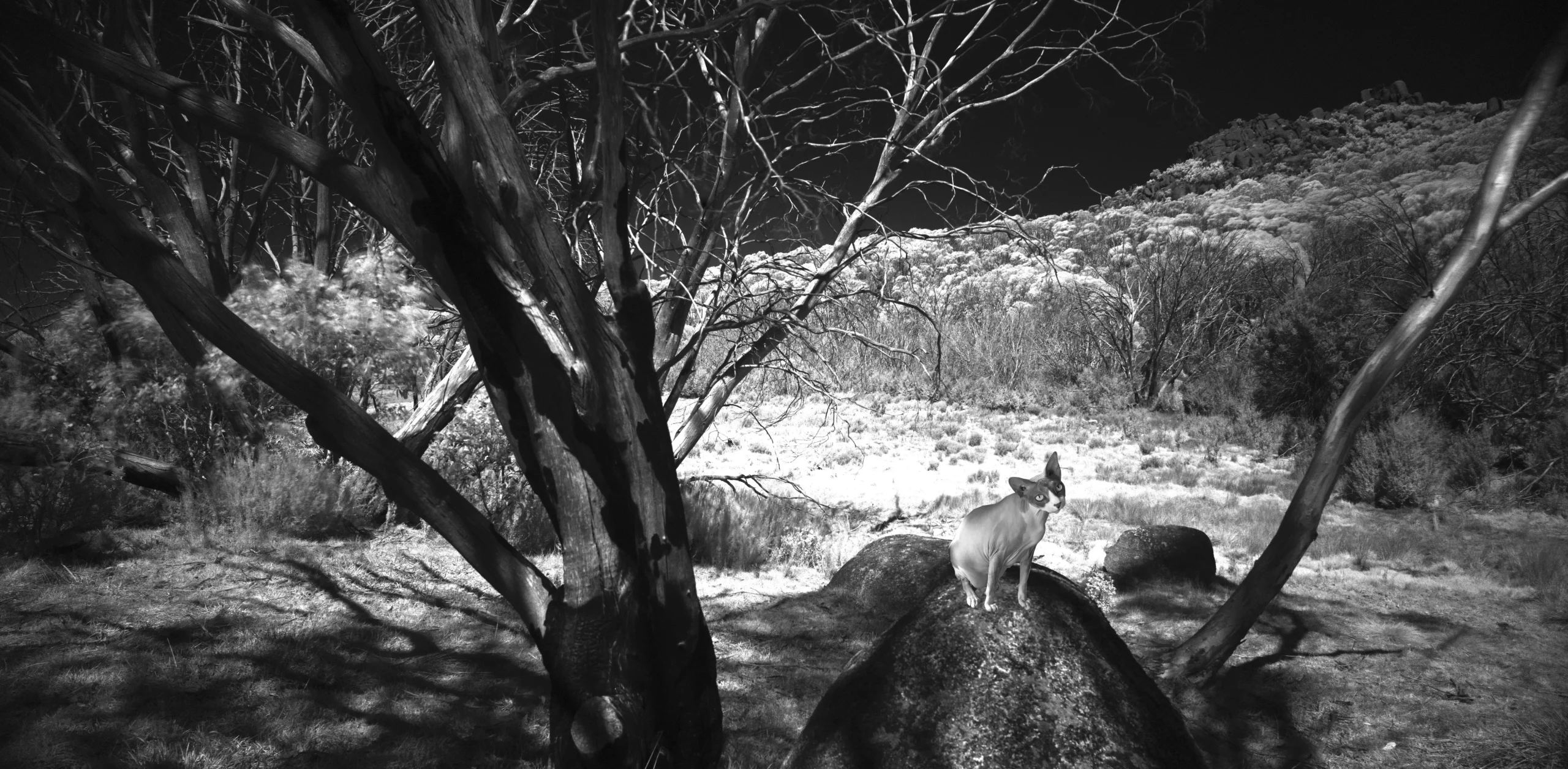
═══════════════════════════════════════════════════
At Heart & Soul Whisperer Art Gallery, every coloured and black and white photograph tells a story beyond sight—an emotional journey captured in light, shadow, and soul. Founded by visionary artist Dr Zenaidy Castro, our curated collections—spanning landscapes, waterscapes, abstract art, and more—offer a timeless elegance that transcends fleeting trends. Whether enriching private residences, corporate offices, healthcare facilities, hospitals, or hospitality spaces, our artworks are designed to transform environments into sanctuaries of memory, beauty, and enduring inspiration. Let your walls whisper stories that linger—reflections of art, spirit, and the love that connects us all.
[sp_easyaccordion id=”54056″]
═══════════════════════════════════════════════════
Tag: Travel destination, Travel stories, Travel Blog, Cultural travel, Travel Guide, Adventure Travel, Nature Travel, Street Photography, Wanderlust, Travel Photography, Adventure, World Traveler, Globetrotter, Travel Life, Explore The World


